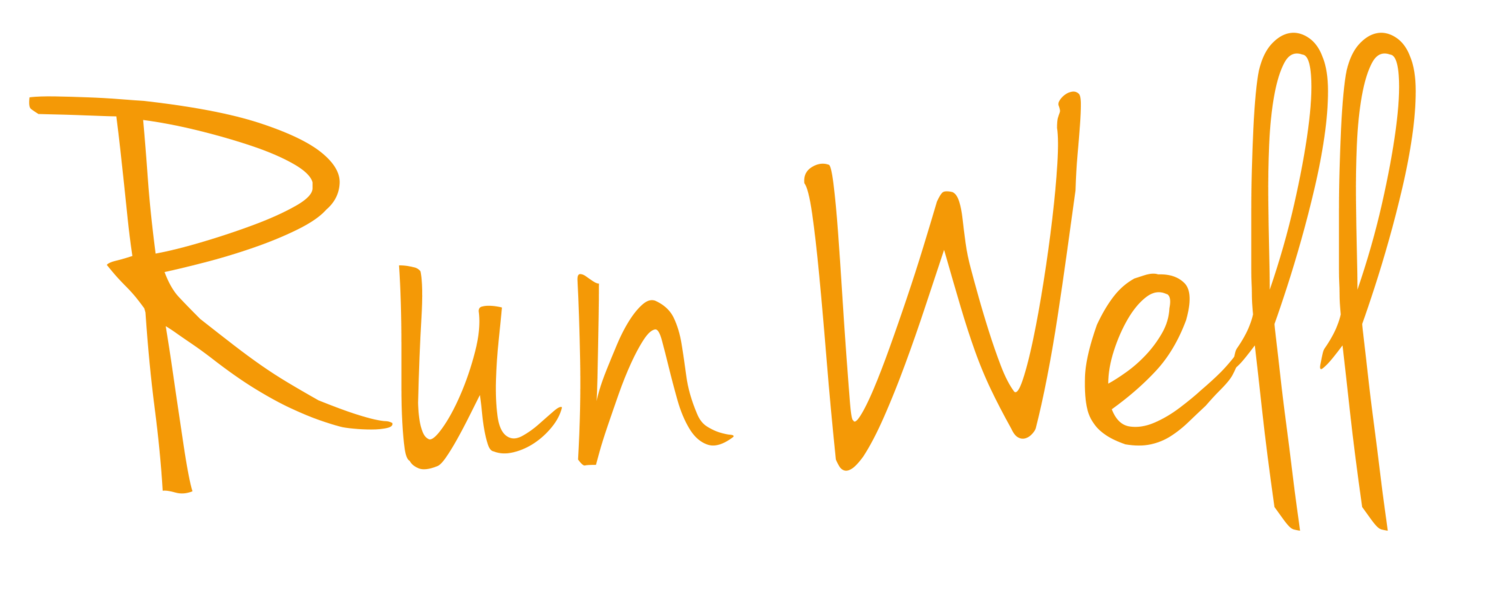Another beautiful day for a Sunday run, 20 degrees, sunny, the beach was packed with people out and about; A great afternoon for a run. Whilst still in pre-training before the official program starts, I set out for a 14 km run, with a 5 km tempo section after the half way point.
I hadn't done any extended Tempo work for a few weeks, so thought it would be good to test the motor out a bit, and at the same time test out my new watch. I had just received my new Garmin Forerunner 620 last week and this was the first run with it. I'd only set it up with my essential details and thought I'd just see how it went. I'd had the 610 until recently when the battery died on me again, and thankfully Garmin had decided that being the third time it had broken down to offer me the upgrade, which I quickly accepted for the same repair cost.
The Garmin Forerunner 620
I was aware that this watch had a few new features besides the standard time, distance, pace and heart rate such as VO2 max estimate, cadence, ground contact time but hadn't really read up on how to use or access these and thought I'd do this later that night.
Once I finished my Tempo section of the run with a further couple of kms cool down, finishing at St. Kilda Beach, and being such a warm, sunny afternoon I was keen to cool off my legs in the water as I often do.
It was whilst I was out there that I was pleasantly surprised when I started to scroll through the data on my watch. It was preset to record every km split, so i had a very accurate reading of my performance at each km, and most interestingly during my tempo section. I could see this as it beeped after each km, so I knew what my pace had been and hence whether to adjust it to reach my peak tempo goal pace. So this feature itself is very handy for these types of runs, or any runs at pace, which of course most training runs are.
garmin 620 cadence
But, the other feature I found very helpful and was not expecting was the cadence reading I found when looking at my Interval splits. Firstly, noting that my cadence increased with each faster interval as I would expect but actually having a reading to compare. Whilst I had done this roughly by counting steps for 30 seconds whilst running in the past and then doubling the number to give me a good idea, it was great to see it for real.
So what did this mean to me? Well it showed me that I need to work on increasing my cadence with my faster running intervals and this will become a focal point with future Tempo and faster Interval runs. I will then have an accurate reading to track my progress.
Whilst we know that cadence increases with pace, and we all have an optimal or most economic cadence:pace relationship, many runners may not realise that this is a skill to be practised. To focus on your cadence and working to increase your cadence by 5% is a very effective exercise during easy running and put into effective practise during faster runs. Training your legs to move quicker through the gait cycle will help you to run faster. However, be sure to maintain good running form, with smooth application of technique as you go. Think smooth, light & easy... then fast.
Thus scrolling through your watch retrieving info is also a very good distraction when you're braving the cold bay waters after your Long Runs in the midst of Winter, and gives you valuable information that you can use as focal points for future runs.



